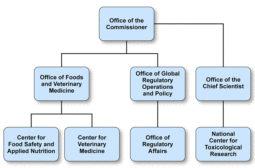News
Regulatory Watch
FSIS proposes modernization of swine slaughter inspection
New regulations will update standards for establishments that slaughter swine
March 11, 2018
Manufacturing News
Common causes of foodborne illnesses identified
Report details most common causes of foodborne illnesses
March 11, 2018
Food Safety
GAO releases report on FDA/FSMA progress
Report calls for performance measures, timeline for long-term food safety activities
March 9, 2018
Tariff decision could drive up costs for certain food and beverage items
CMI urges exemptions for steel and aluminum used to make food and beverage cans.
March 9, 2018
Michigan and Iowa encourage processors to choose them for future factories
These Midwestern states want food and beverage manufacturers to know they are open for business.
March 9, 2018
Opinion: Don't give up on sustainable operations
Operating challenges make sustainability a challenge, but it's still a worthy goal
March 4, 2018
Food Safety
Chocolate biscuits recalled due to undeclared peanuts
Product was sold nationwide and in Canada
March 2, 2018
Home Chef opens new Chicagoland-area facility
The largest privately held US meal kit company’s third facility promises to help growth strategies and allow for more product offerings.
March 2, 2018
Facing e-Commerce packaging challenges
Consumers are driving a boom period for online food ordering, but manufactures will need to fundamentally change packaging and supply chain to keep up.
February 26, 2018
Elevate your expertise in food engineering with unparalleled insights and connections.
Get the latest industry updates tailored your way.
JOIN TODAY!Copyright ©2024. All Rights Reserved BNP Media.
Design, CMS, Hosting & Web Development :: ePublishing












